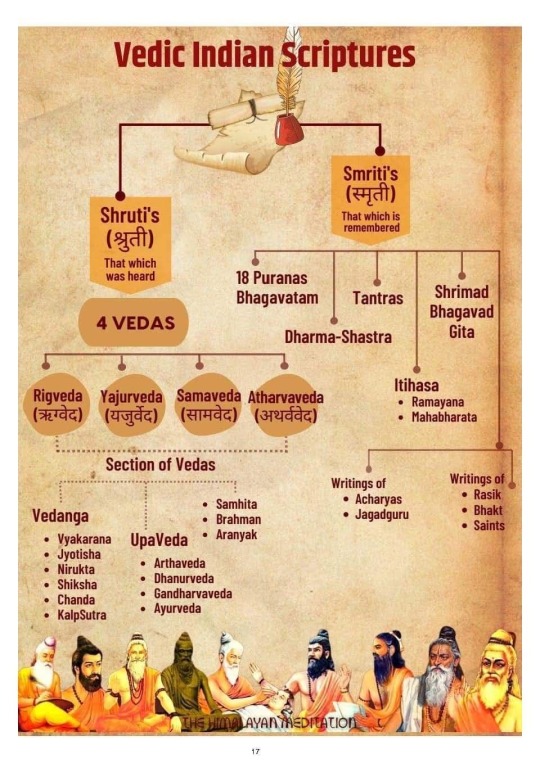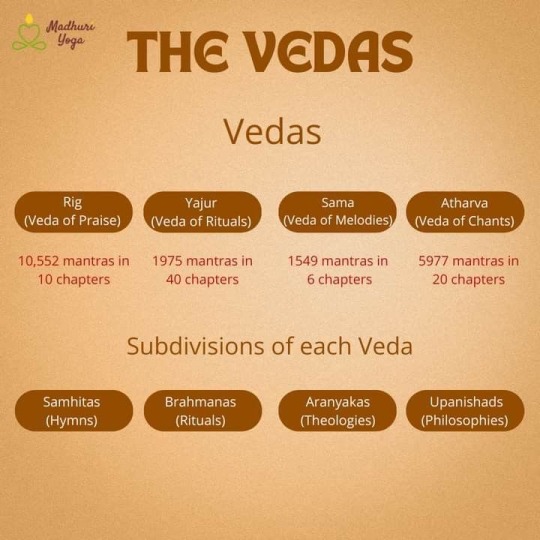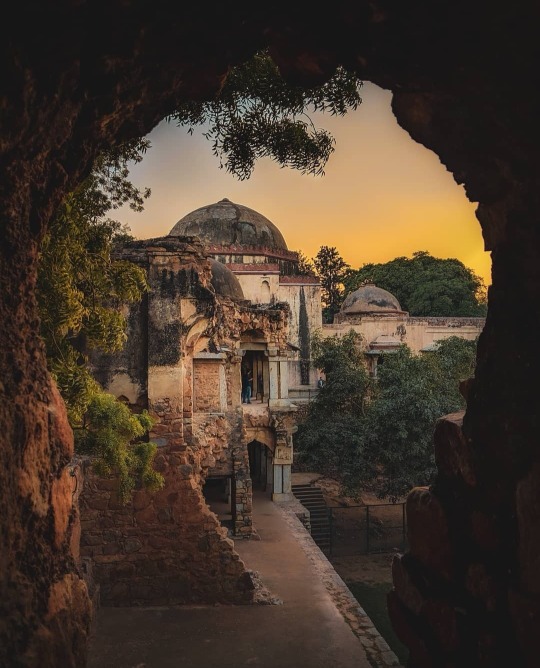#BHarat
Explore tagged Tumblr posts
Text

Kanhu 🦚
#desiblr#desi tumblr#desi#being desi#desi tag#desi humor#hindublr#art#desi teen#krishna ji#krishna#krishnablr#kanhaiya#kanha#desiblr ki gopiyan#gopiblr#hinduism#hindu gods#hindu myths#hindu deities#hindu mythology#hindu#bharat#desi side of tumblr#desi aesthetic#desi indian#artist#hindu god#indian tumblr
184 notes
·
View notes
Text
Himachal Pradesh, Bharat

425 notes
·
View notes
Text
Indian Gateways🪷~










#india#tumblr#aesthetic#marvellous#beautiful#architecture#temple#art#ancient#hinduism#jainism#door#bharat
274 notes
·
View notes
Text

Vedic Temples 'वैदिक मंदिर' ॐ Sri Krishna Vigraha from the Chennakeshava Temple Belur( Karnataka) built by King Vishnuvardhana of Hoysala dynasty.
#Sanantan Dharma#iskcon#hare krishna#krishna#bhakti#vedic#srila prabhupada#bhagavad gita#Hinduism#Vedic Temples#Bharat
101 notes
·
View notes
Text
We made it to the moon for cheaper than NASA or Russia, or any colonial power ever has! (very positive)

Take that Great Britain and screw you all colonizers and imperialism (extremely derogatory).
#meera.txt#India#chandrayaan3#history#bharat#proud to be indian#chandrayaanlaunch#brown history#current events#nasa#space travel#desiblr#being desi#desi tumblr#desi tag#this day in history#on this day in history#on this date#on this day#space program#the moon#moon landing#outer space#chandrayaan 3#chandrayaan -3#desi lgbt#desi queer#moon#happening now#colonialism mention cw
821 notes
·
View notes
Text
About Vedic Scriptures



#vedic literature#hinduism#hindublr#sanatan dharma#ancient india#vedic culture#mantra#bharat#ancient indian history#puranas#sanskrit#languages#krishna#dharma#karma#hindu culture
310 notes
·
View notes
Text
Desi🪔🦚🪷🐚🪕🛺
Kab itne bade ho gaye , ki piche chut gaya wo bachpan ke din, Wo galiyan, wo gole wala, wo chat khane ke din.
Pata nahi, ab kyun dadaji khelte samaya apne zamne ki kahaniya nahi sunate,
aur na hi koi dost chai ki tapri par gappe ladate.
Na ata ab wo buddhi ke bal,
na rehte koi PCO dukan ke pass.
Na abb jate sabji mandi sabji kharidne,
aur na hi koi atta taje phool bhechne.
Zindagi ki daud mein ese kya kho gaye,
yeh purane din bas yaadon mein samake reh gaye
-Ruvya










59 notes
·
View notes
Text
"I feel the urge to escape from everything, but I've been reminded that Indian girls, who embody the spirit of Durga and Kali, don't run away; they face challenges, fight, and emerge victorious in battles."
#desiblr#desi tumblr#desi tag#desi girl#being desi#desi#desi academia#desi aesthetic#indian goddess#indian culture#indian girl#indian women#bharat#hindublr#krishnablr#gopiblr#indian tumblr#goddess durga#goddess#goddess kali#woman empowerment
282 notes
·
View notes
Text
You think CAA is discriminatory against Pakistani, Bangladeshi and Afghanistani Muslims?
Yes, it is. They've earned it by persecuting all the minorities there.
You believe in minority marginalization right? Why back out now?
Why harbour this selective support system towards the minorities of your country but not your neighbours who have been treated akin to dirt and assassinated brutally in unimaginable numbers since independence?
154 notes
·
View notes
Text

Seven Mughal gilt glass bottles, probably Gujarat, Bharat / India, 18th century.
#antique bottles#gold art#indian art#asian art#south asian art#glass art#vintage bottles#antique art#mughal#gilt glass#gujarat#bharat#india#uploads
55 notes
·
View notes
Text

Bharath Mata
#hindu#hinduism#spirituality#temple#shiva#hindu mythology#lordshiva#parvati#kailasa#krishna#shaktism#shakti#bharat#bhakthi#indian flag#indian#indian soldier#indian cinema#india#india love#hindu paintings#hindu culture#hindu art#hindu family#hindutva#hindu gods#hindustan
27 notes
·
View notes
Text
Tyre puncher karne mein mujhe bada maza aata hai
Continue the dialogue
#desiblr#desi tumblr#desi tag#desi#being desi#desi academia#desi shit posting#desi teen#im just a girl#spotify#srk movies#srk kajol#desi people#desi humor#desi pride#desi girl#desi fun#desi pyaar#desi love#desi memes#bharat#meme#k3g#reblog#desi side of tumblr#indian tumblr#art#spilled words#spilled thoughts#spilled ink
60 notes
·
View notes
Text

Hauz Khas Complex, Delhi / India (by Ronak Parikh).
#travel#architecture#asia#india#visitindia#delhi#hauzkhas#inde#bharat#wanderlust#bucketlist#placestosee
848 notes
·
View notes
Text

Vedic Temples 'वैदिक मंदिर' ॐ
Attractive sculpture of Arunachaleswarar Temple, Tiruvannamalai, Tamilnadu, Bharat (India) The present masonry structure was built during the Chola dynasty in the 9th century. #Hinduism
32 notes
·
View notes
Text
A GODSEND PERQUISITE

ॐSUNDARKĀṆDॐ

The Sundarakānda — as also the whole of the Rāmāyana- has many spiritual, literary, and narrative aspects. In the great epic poem of Rāmāyana, this chapter marks the acme of Vālmiki’s literary and poetic excellence, and so it is sundara, that is, beautiful. There are other interpretations as well. It is suggested that it is sundara because it relieved Sītā of her sorrow. Sundara can mean a messenger, and the Kānda includes the message sent by Rāma to Sītā. Sundara is also a name for an intermediary who establishes a mutual contact between a hero and a heroine, as Hanuman did in the case of Rāma and Sītā. Indeed, the Rāmāyana is the word form of Śrī Rāma, and the Sundarakānda, which is the fifth of the seven chapters, is the Lord’s heart. Thus, when reading the Sundarakānda, one is entering into Śrī Rāma’s own heart.

Śri Hanumānajī is the hero (nāyak) of this Sundarakānda. In the quest for devotion (Bhakti), as seen in the Sundarakānda, wherein Rāvana—who represents a deluded intellect—has kidnapped Sītājī—who represents devotion—every spiritual aspirant (sādhaka) determined to reach the goal must learn to face the various obstacles and challenges posed en-route, from Śri Hanumānajī, who crosses the formidable ocean (bhav-sāgara—representing the material ocean of transmigration) by remembering the Lord’s name at all times.
This heroic chapter demonstrates that just as the sky of Śri Hanumānajī’s heart is ever-permeated by the presence of Śrī Lakṣman, Śrī Sītājī and Śrī Rāmajī (wielding a bow and quiver of arrows); so too, is Śrī Rāma’s heart filled with the valour and presence of Śri Hanumānaji’s feats in the Sundarakānda.

The recovery of something lost is sometimes described as Sundara, and in this section, the topic dealt with is the discovery of the abducted Sītā. The study of the Sundarakānda is considered equivalent to the study of the whole of the Rāmāyana as far as gaining spiritual merit is concerned. Just as the Upaniṣads are said to contain the supreme purpose of the Vedas, the Sundarakānda is supposed to be the heart of the Rāmāyana.

Invoking the grace of Śrī Hanumānajī grants a spiritual aspirant strength (bala), worldly knowledge (buddhi) and spiritual wisdom (vidyā), whilst also removing all suffering (kleśa) and vices (vikāra). Yet, what is the ultimate fruit of one who chants this Sundarakānda?
सकल सुमंगल दायक रघुनायक गुन गान। सादर सुनहिं ते तरहिं भव सिंधु बिना जलजान॥ Dohā 60 | Rāmacaritamānasa | Sundarakānda |
Meaning: A recital of the virtues of Śrī Rāma (the Lord of the Raghus) bestows all blessings. Those who reverently hear them, cross the ocean of mundane existence without any boat (any other means), says Śrī Tulsīdāsaji.


@hinducosmos @hindu-aesth @sanatantemple @ramayantika
@ancienthinduism @maithili90-blog-blog
@bishh-kanya @devimayi @bharatiya-naari-sab-pe-bhaari
@janaknandini-singh999 @swayamev @rhysaka @achyutapriya
@krsnaradhika @bharataesthetics @krishnaaradhika
#desiblr#tumblr#ramayana#sanatandharma#bharat#hindublr#desi aesthetic#spilled ink#indian#aesthetic#india#hinduism#writers on tumblr
67 notes
·
View notes